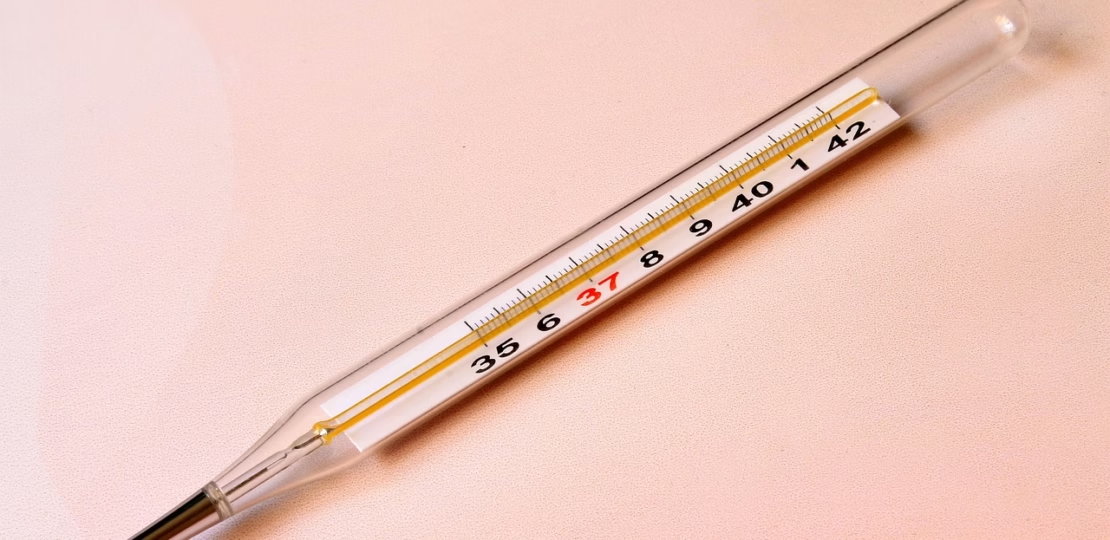“Fibermaxxing”: The Health Benefits and Risks of the Latest
October 2, 2025 | by Rachel Bloom

Fibermaxxing: The Health Benefits and Risks of the Latest Dietary Trend
In my years as a holistic wellness expert and medical researcher, I’ve seen countless dietary trends rise and fall—each promising better health, vitality, and longevity. The newest buzzword on everyone’s lips is “fibermaxxing.” This trend centers on supercharging your diet with an abundance of dietary fiber, often pushing intake far beyond traditional recommendations.
Given fiber’s crucial role in supporting digestion and metabolic health, it’s understandable why people might want to embrace this concept. But as with anything involving our bodies, balance and individualized care are paramount. Today, I want to share an empathic, science-grounded perspective on what fibermaxxing truly means, who might benefit, and when it’s wise to proceed with caution.
What is Fibermaxxing?
At its core, fibermaxxing refers to intentionally consuming very high levels of dietary fiber, often exceeding 40-50 grams daily, which is above the typical recommended range for adults (25-30 grams per day). Advocates highlight its benefits: improved bowel regularity, better blood sugar control, enhanced gut microbiome diversity, and even potential weight management support.
People fibermaxxing might incorporate fiber supplements, fiber-rich foods like legumes, whole grains, fruits, vegetables, seeds, and sometimes novel fibers like resistant starch or inulin. The motivation often stems from a desire to optimize gut health, bolster immunity, and feel more energized.
The Science-Backed Benefits of Fibermaxxing
Dietary fiber is a nutritional powerhouse. Here’s why the health community values fiber—and why increasing intake thoughtfully can be transformative:
- Supports Digestive Health: Fiber promotes healthy bowel movements, helping prevent constipation and supporting the microbiome, the trillions of beneficial bacteria living in the gut.
- Regulates Blood Sugar: High-fiber diets slow carbohydrate absorption, stabilizing blood sugar and insulin levels—a critical factor for metabolic health.
- Lowers Cholesterol: Soluble fiber binds cholesterol particles in the digestive system, reducing overall blood cholesterol levels and supporting heart health.
- Enhances Satiety and Weight Management: Fiber-rich foods are filling without adding excess calories, which can reduce overeating and promote a healthy weight.
- Feeds Gut Microbes: Certain fibers act as prebiotics, nourishing beneficial bacteria and producing short-chain fatty acids that enhance gut barrier function and immunity.
For many people, increasing fiber intake to the levels encouraged by fibermaxxing can mean noticeable improvements in digestion, energy, and wellness. However, it’s important to approach this trend with mindfulness.
Risks and Cautions: When Fibermaxxing Might Backfire
Too much fiber, too quickly, can disrupt digestive comfort and sometimes cause unexpected health issues. Some common pitfalls include:
- Gas, Bloating, and Discomfort: Suddenly upping fiber intake can lead to unpleasant symptoms as the gut microbiota adjust and fermentation increases.
- Interference with Nutrient Absorption: Excessive fiber can bind minerals like calcium, iron, and zinc, potentially leading to deficiencies if the diet isn’t well-rounded.
- Dehydration Risk: Fiber needs adequate water intake to move smoothly through the digestive tract. Neglecting hydration can worsen constipation or bowel irregularities.
- Not Suitable for Everyone: People with certain digestive disorders such as irritable bowel syndrome (IBS), Crohn’s disease, or small intestinal bacterial overgrowth (SIBO) may find high fiber levels exacerbate symptoms.
Remember, fibermaxxing isn’t a one-size-fits-all solution. Individual tolerance varies greatly, and fiber should be increased gradually to allow the digestive system time to adapt.
How to Embrace Fibermaxxing Mindfully
If you feel drawn to try fibermaxxing for its promising benefits, here are some practical tips to do so gently and sustainably:
- Increase Fiber Slowly: Add 3–5 grams of fiber every few days rather than jumping straight to high doses.
- Hydrate Well: Drink plenty of water alongside increased fiber intake to help the fiber move smoothly in your digestive tract.
- Focus on Variety: Incorporate different types of fibers (soluble, insoluble, prebiotic) from whole-food sources to nourish your microbiome diversely.
- Monitor How You Feel: Pay attention to symptoms like gas, pain, or bowel disturbances, and adjust accordingly.
- Consult a Professional: Seek support from a registered dietitian or healthcare provider, especially if you have underlying digestive issues or complex health conditions.
My Takeaway: Balance and Compassion in Your Wellness Journey
As someone who believes deeply in blending science with compassionate care, I see fibermaxxing as a promising but nuanced dietary trend. It offers significant health advantages but also reminds us to honor our unique bodies and responses.
Well-being is rarely about extremes—more often, it thrives in thoughtful balance. Incorporating ample fiber thoughtfully, alongside hydration, balanced nutrients, mindfulness, and self-awareness, can give your digestive and overall health a nourishing boost without overwhelm.
Above all, listen to your body, be patient with the process, and remember that the goal is gentle, sustainable nourishment—not perfection.
If you’re interested in creating personalized nutrition and wellness strategies that fit your unique lifestyle, feel free to explore holistic approaches that consider mental, physical, and emotional well-being as one interconnected system.
To your total well-being,
Dr. Rachel Bloom

RELATED POSTS
View all



